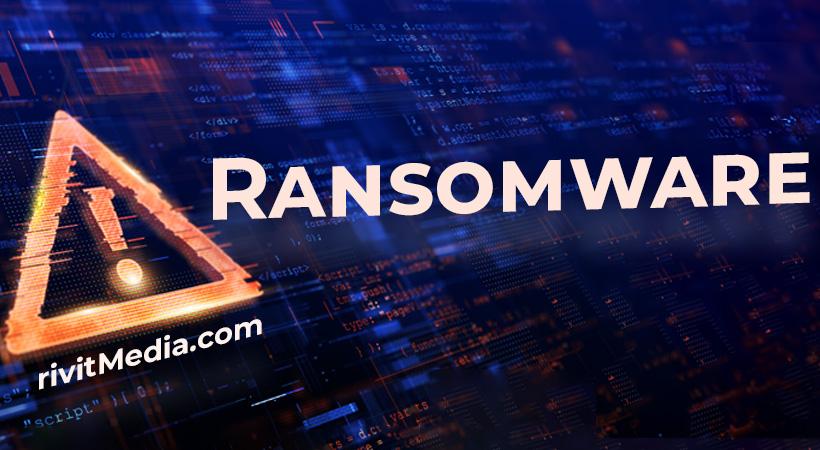Ransomware is a form of malicious software designed to block access to a system or its data until a ransom is paid. This type of malware can encrypt files, making them inaccessible to the user until a decryption key is provided by the attacker. Ransomware has become a significant threat due to its potential to cause severe disruption and financial loss to both individuals and organizations.
Threat Overview: Lynx Ransomware
Lynx ransomware is a particularly dangerous variant of ransomware that encrypts files on an infected system and demands a ransom for their release. Once Lynx has successfully infiltrated a computer, it begins by encrypting a variety of files. The ransomware appends the “.lynx” extension to encrypted files, marking them as compromised and inaccessible until the ransom is paid.
The installation of Lynx ransomware typically occurs through malicious email attachments, compromised websites, or exploit kits. Once the ransomware is installed, it proceeds to encrypt files on the system. It may also modify system settings and delete shadow copies of files to prevent recovery through traditional means.
Consequences of Lynx Ransomware
The primary consequence of Lynx ransomware is the loss of access to crucial files. Encrypted files become unusable, and users are unable to open or modify them without the decryption key. In addition to encryption, Lynx often leaves a ransom note on the infected system. This note usually contains instructions for paying the ransom and may include threats to permanently delete the files if payment is not made within a specified time frame.
Ransom Note Overview
The ransom note left by Lynx ransomware typically provides detailed instructions for the victim. It often contains:
- A demand for payment in cryptocurrency, such as Bitcoin.
- Instructions on how to purchase and send the cryptocurrency.
- A deadline for payment, after which the ransom amount might increase or the files might be permanently deleted.
- Contact information or a special email address for communication with the attackers.
The note is crafted to create urgency and pressure the victim into paying the ransom, although paying does not guarantee that the files will be decrypted.
Symptoms of Lynx Ransomware Infection
Signs that Lynx ransomware may be present on your computer include:
- Files with the “.lynx” extension that cannot be opened.
- A ransom note left on your desktop or in other prominent locations on your system.
- A sudden and significant decrease in system performance.
- Unusual activity, such as encrypted files appearing in unexpected locations or changes to system settings.
Detection Names
To identify Lynx ransomware, you can look for detection names used by various security tools. These may include:
- Lynx ransomware
- .lynx file extension
- Ransom:Win32/Lynx
- Trojan-Ransom.Win32.Lynx
Similar Threats
If you encounter Lynx ransomware, you may also come across similar threats such as:
- Locky ransomware
- WannaCry ransomware
- CryptoLocker ransomware
- Ryuk ransomware
Removal Guide
- Isolate the Infected System: Disconnect the affected computer from the internet to prevent further spread of the ransomware and communication with the attacker’s servers.
- Enter Safe Mode:
- Restart your computer and repeatedly press the F8 key (or Shift + F8 on some systems) during startup.
- Select “Safe Mode with Networking” from the boot options menu.
- Run Anti-Malware Software:
- Download and install an anti-malware tool like SpyHunter. You can obtain a free scan to detect and remove ransomware.
- Launch the tool and perform a full system scan. Follow the instructions to quarantine or remove any detected threats.
- Manually Delete Ransomware Files:
- Open Task Manager (Ctrl + Shift + Esc) and check for any suspicious processes related to ransomware. End these processes if they are detected.
- Use File Explorer to navigate to directories where the ransomware might be hiding and delete suspicious files. Be cautious to avoid deleting essential system files.
- Restore Encrypted Files:
- If you have backups, restore the encrypted files from your backup source.
- Use Windows’ File History or other backup solutions to recover data.
- Update Security Software:
- Ensure your anti-malware software is up to date with the latest definitions to prevent future infections.
- Regularly update your operating system and applications to patch vulnerabilities.
Preventing Future Infections
To avoid future ransomware attacks:
- Maintain up-to-date anti-malware software and firewalls.
- Avoid opening email attachments or clicking on links from unknown or suspicious sources.
- Regularly back up important files to an external drive or cloud storage service.
- Keep your operating system and software updated to protect against vulnerabilities.





